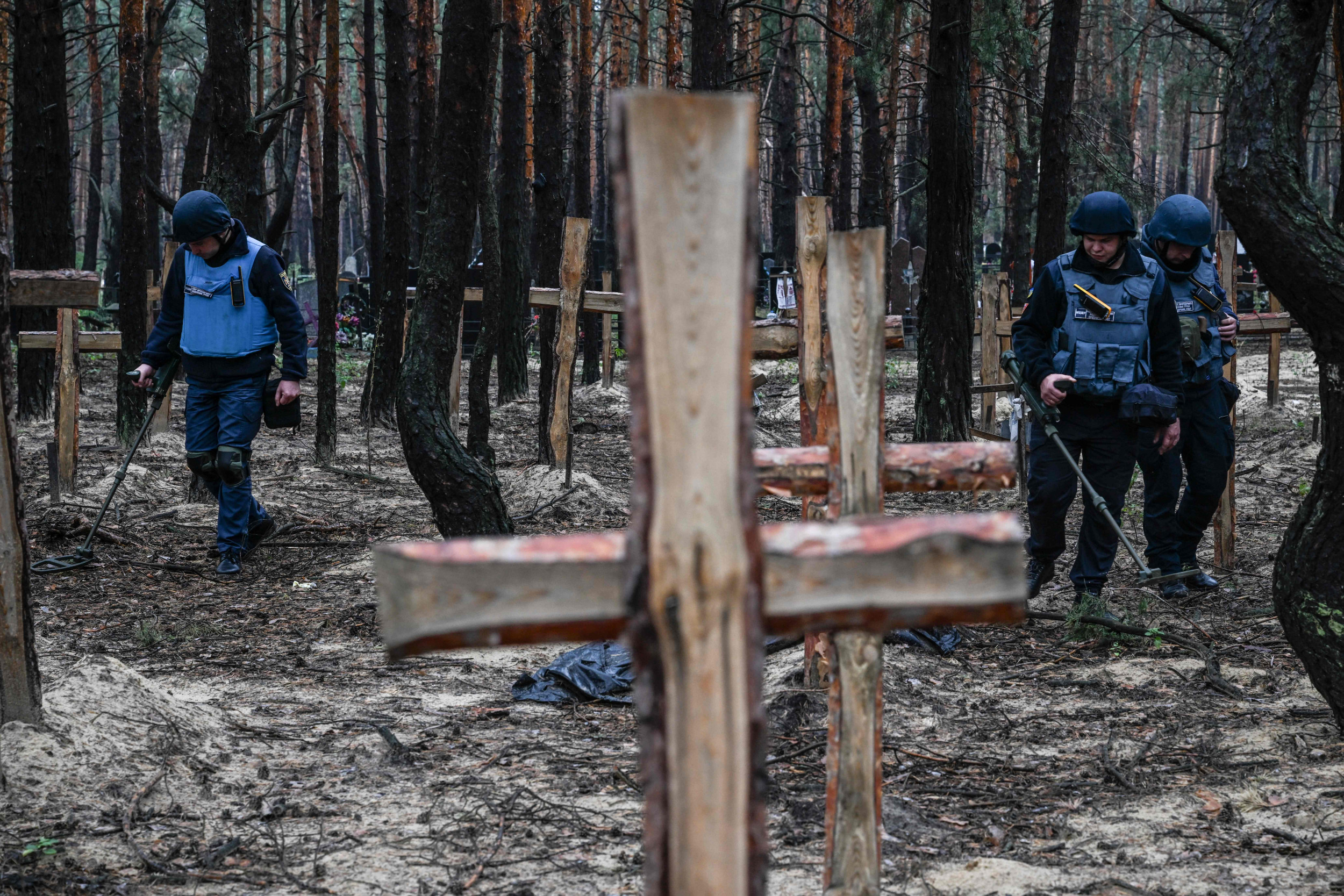MARKHAM, Ontario – Women dressed as flappers, wearing kilts with tam-o’-shanter headdresses or parasols, some wearing tie-dye shirts and headbands like 1960s hippies and hundreds of others gathered to play golf and celebrate.
The Ladies’ Golf Club of Toronto continued its 100th anniversary celebrations on Saturday with a tournament at the Stanley Thompson-designed course in Thornhill, Ont. Members were encouraged to wear period clothing. Margaret Auld, chair of the club’s archives committee, said the event exemplified the special culture of the only golf club in North America founded by women for women.
“That’s the beauty of this club: It has so much history,” Auld said, looking out over a practice green as a woman in a long dress and white lace blouse tried out antique hickory putters. “When new members come here and we talk to them, they are just overwhelmed by the camaraderie and the acceptance.”
“It doesn’t matter if you’re a high handicap or a low handicap, just come and have fun like we’re having today. What a lot of fun things we did out there.”
Activities on Saturday included an outdoor lunch, hickory club demonstrations with the Golf Historical Society of Canada and period costumes. The celebrations will continue in July with a members’ dinner and the release of a book on the club’s 100-year history.
The Ladies Golf Club of Toronto was founded in 1924 by Ada Mackenzie of Toronto. Mackenzie was one of the best golfers of her time – she was named the Canadian Press’s Most Outstanding Female Athlete of the Year in 1933 – and was frustrated by the then-current rule that prohibited women from playing golf until the afternoon.
“I think she thought, ‘I can’t play until noon, I’m a competitive golfer and I’m not a happy person,'” Auld said, noting that Mackenzie was influenced by a trip to Britain where some clubs had set up women-only nine-hole courses. “So she came back and said, ‘I’m going to look for a piece of land to build a golf course on.'”
Mackenzie settled on a piece of land between Yonge Street and Bayview Avenue in Thornhill, Ontario, now Markham, which was located on a branch of the Don River. Women were not allowed to buy land in Ontario at the time, so she had to pose as a married person to complete the purchase.
“And she was 33 when she actually did it,” Auld said. “It’s unbelievable. Really, really unbelievable.”
Mackenzie then enlisted the help of famous Canadian golf course architect Stanley Thompson to design an 18-hole course that represents a unique collaboration between two of the most important golf experts in Canadian history.
“It’s a kind of Thompson-Mackenzie mix,” said Jaime Steedman, head professional at the Ladies’ Golf Club. “Ada’s fingerprints are all over the course.”
“She could have given Stanley a lot of feedback. That’s one of the big things that sets this course apart from other courses.”
Mackenzie was inducted into Canada’s Sports Hall of Fame in 1955 and the Canadian Golf Hall of Fame in 1971 before she died two years later at the age of 81.
The Ladies’ Golf Club of Toronto’s membership remains exclusively female and its board of directors is made up entirely of women. Most club activities were carried out by members volunteering their time until a general manager was hired in 1989. Canadian golf greats Marlene Streit, Sandra Post and Lorie Kane are all honorary members.
This has created a unique culture that is different from that of any other golf club.
“Here, you know that if you come every morning, no matter what time it is, it’s women,” said Deborah Doyle, chair of the 100th anniversary committee who is also a member of another club in the Toronto area and another in Florida. “You look across the field and just wave to other women. You wouldn’t see anything like that anywhere else.”
“It’s a very different environment, very supportive and it just feels very different. Partly it’s the place itself, like the old clubhouse and the course, which still gets me compared to some other courses.”
This report by The Canadian Press was first published June 22, 2024.
John Chidley-Hill, The Canadian Press




